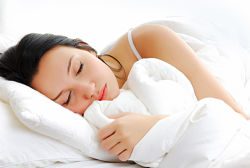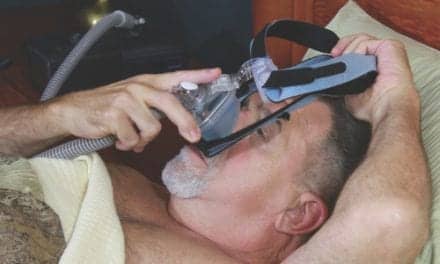
To conduct the study, the research team evaluated 20 adults who have OSA and excessive daytime sleepiness. Digital photos of their faces were taken with a high-precision 3D camera before and after at least two months of CPAP therapy. Images were analyzed using computer software to assess the volume and color of the face.
Twenty-two volunteers also viewed the images paired side-by-side in random order and rated them for alertness, youthfulness and attractiveness. Twelve of the raters were medical professionals and 10 were volunteers from the community.
Results show that for the 20 subjects, an average of 68% of raters identified the post-treatment facial image as having a more alert appearance than the pre-treatment photo. What’s more, 67% rated the post-treatment photo as more attractive, and 64% rated it as more youthful.
Image analysis also found post-treatment decreases in forehead surface volume, which may reflect changes in nightly fluid shift, as well as decreased redness under the eyes and over the cheeks.
“This study showed that independent human raters – both medical personnel and members of the community – can perceive improved alertness, attractiveness, and youthfulness in the appearance of sleepy patients with obstructive sleep apnea, after they have been compliant with use of CPAP at home,” said lead author and principal investigator Ronald D. Chervin, MD, MS, director of the Sleep Disorders Center at the University of Michigan. “These results show that the subjective impression of many clinicians, namely that their patients look more alert and sometimes more youthful after treatment for obstructive sleep apnea, may well be something that can be perceived by many other people.”
As Chervin explains, the study results could be motivational for the millions of people who have OSA. “This may help convince patients to use their CPAP machines on a nightly basis,” he adds.





